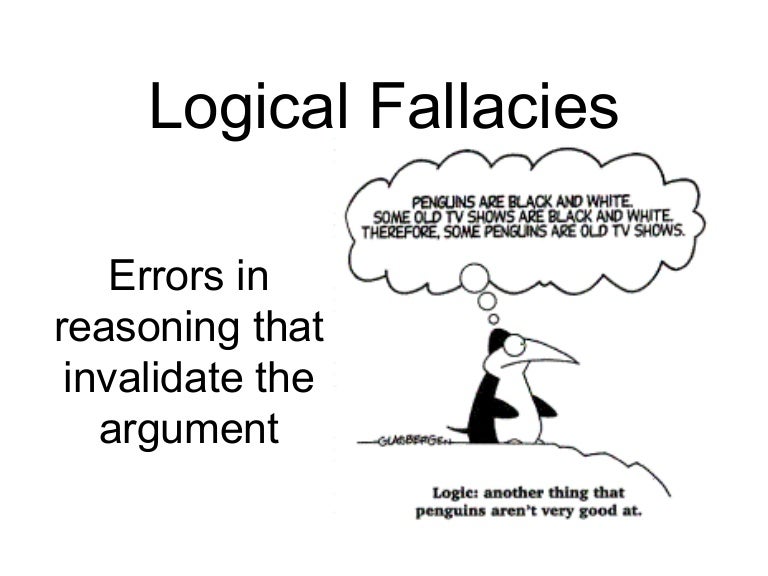'People will forgive you for being wrong, but they will never forgive you for being right - especially if events prove you right while proving them wrong.' Thomas Sowell
Search This Blog
Thursday, 13 June 2024
Saturday, 17 April 2021
The Straw Man and The Great Indian Kitchen
By Girish Menon
In the introduction to his book ‘How to win every argument’ Madsen Pirie writes:
Sound reasoning is the basis of winning an argument. Logical fallacies undermine arguments…Many of the fallacies are committed by people genuinely ignorant of logical reasoning, the nature of evidence or what counts as relevant material. Others however might be committed by persons bent on deception. If there is insufficient force behind the argument and the evidence, fallacies can add enough weight to carry them through.
The Malayalam film The Great Indian Kitchen is one such exercise in fallacious reasoning. The film maker sets up and destroys a Straw Man in the form of some highly conservative Sabarimala devotees who are male, upper caste and Hindu. In such households, the film argues, the women are perennially confined to the kitchen and subject to male whims. Some women have bought into the system while the female protagonist and her mother-in-law take up the feminist cause of subversion and rebellion.
A Straw Man, Pirie writes, is a misrepresentation of your opponent’s position, created by you for the express purpose of being knocked down. This is usually done by over-stating an opponent’s position. If your opponent will not make himself an extremist, you can oblige with a Straw Man.
The Straw Man is fallacious because he says nothing about the real argument. Its function is to elicit, by the ease of his demolition, a scorn which can be directed at the real figure he represents.
This writer carried out a straw poll (not representative at all!) among those who supported the filmmaker’s thesis and not one of them stated that they were aware of such instances happening to people known to them. Instead, most of them pointed their fingers to North Kerala where apparently such practices are rife. I did ask a former resident of North Kerala if such things happened there and his response was that ‘Women everywhere were the same North or any part of Kerala’.
Some feminists I know took up cudgels on behalf of the female protagonist even though their own life experiences did not match the film’s heroine. They quoted some sisters who were treated badly by their husbands, but added that these husbands also wanted to live of their wife's earnings. However, they were not willing to question the failure of the female protagonist, who is depicted as educated and modern, to carry out due diligence before entering into the marital contract.
In this writer’s view, the creation and destruction of the Straw Man is the only protest available to progressives and feminists. Because, despite the Supreme Court’s progressive decision in the Sabarimala case, even the progressive left government has declared its inability to implement reforms to Sabarimala rituals. This is because the majority opinion which includes many Hindu women want to maintain the status quo and are unconvinced by the feminist rhetoric.
Wednesday, 20 June 2018
Logical Fallacies - How to win every argument

Either/or: This is a conclusion that oversimplifies the argument by reducing it to only two sides or choices. Example: